I’ve worked with, met, written about and interviewed a lot of photographers over the years.
But only one has made me run out and get the same camera he uses.
Going through his work again for this interview reminded me that photography needn’t be big, complicated or scientific, it can simply be about the joy of seeing.
Photography can be anything; two colours vibrating next to each other, light bouncing off a wall or simply someone doing something unusual.
I hope you like his work as much as I do.

Where did you grow up?
Bensonhurst, which is in Brooklyn. It’s near but not that near to Coney Island.
Why study design?
I discovered that by sheer dumb luck.
I went to Abraham Lincoln High School that had a great teacher named Leon Friend.
He taught a class called Graphic Design and though I had drawn and sketched, this changed the course of my life.
Why switch to painting?
What do you mean, “switch” to painting?
It was the natural evolution of any artist.
“Fish gotta fly, birds gotta swim.”
Artists gotta paint.
Why switch to photography?
It just seemed like more fun.
I had come to the realization that I wasn’t that good of a painter.
I also loved the immediate gratification of photographing. You did the shot. That was it. There was no interminable painting.
I realized that I knew how to paint but I never learned the important thing – when to quit, to stop, to leave it alone.
I ended up at Yale sneaking out to take pictures when I should have been painting.
Looking at your early black & white, which are great, it’s difficult to spot the you that emerged later?
I still don’t know what the question is?
NEW YORK BLACK & WHITES, 1950s.





How did you make the leap to taking pictures for money?
After I graduated from Yale I stayed in New Haven.
Rent was cheap, (I had been paying as much as $35 per month for a studio in NY).
I liked New Haven. I found jobs there. I worked in a big commercial bakery. I was the epitome of unskilled labor.
I was once hired to work in a factory on Monday and told on Wednesday I would be laid off on Friday. Life was a Joy.
I worked weekends and during the week I had a couple of days off and I went to NYC and just walked around showing my work.
Not much happened for about 6 months and it became apparent that this was going to take years doing it this way.
So I went to my father and said, “You know you always been bullshitting how you saved all this money for my education. Well I’ve gotten scholarships all the way.”
He interrupted, “What do you want?”
“I want to borrow $50 a week till I start making money”
He was the most generous of men and he said, “Of course.”
That was my stake and I moved to NY, got an apartment and continued showing my work.
Finally things happened.
I’ve always believed that the secret to success is just putting in time, lots and lots of time, so I did that.
What was the photograph you were paid for and do you have a copy?
It was for $15 for a shot of a little old lady against a monument or sculpture of some kind.
I won’t even try to find it.
But the one I remember was on the cover of Dance magazine.
A photo I had shot for myself. It was also for $15, (I had standards).
Then an ad agency called and they offered $100 to use it as an ad.
Since at that time I was a novice I jumped at it.
I later learned they used it for five years.
Which photographer did you want to be when you grew up?
Arnold Newman, ![Image result for [[["xjs.sav.en_GB.aq4x3EtwmT4.O",5]],[["id","type","created_timestamp","last_modified_timestamp","signed_redirect_url","dominant_color_rgb","tag_info","url","title","comment","snippet","image","thumbnail","num_ratings","avg_rating","page","job"]],[["dt_fav_images"]],10000]](https://www.christies.com/img/LotImages/2012/NYR/2012_NYR_02543_0013_000(arnold_newman_im_pei_1967).jpg) Cartier Bresson,
Cartier Bresson, Irving Penn,
Irving Penn,Ernst Haas,
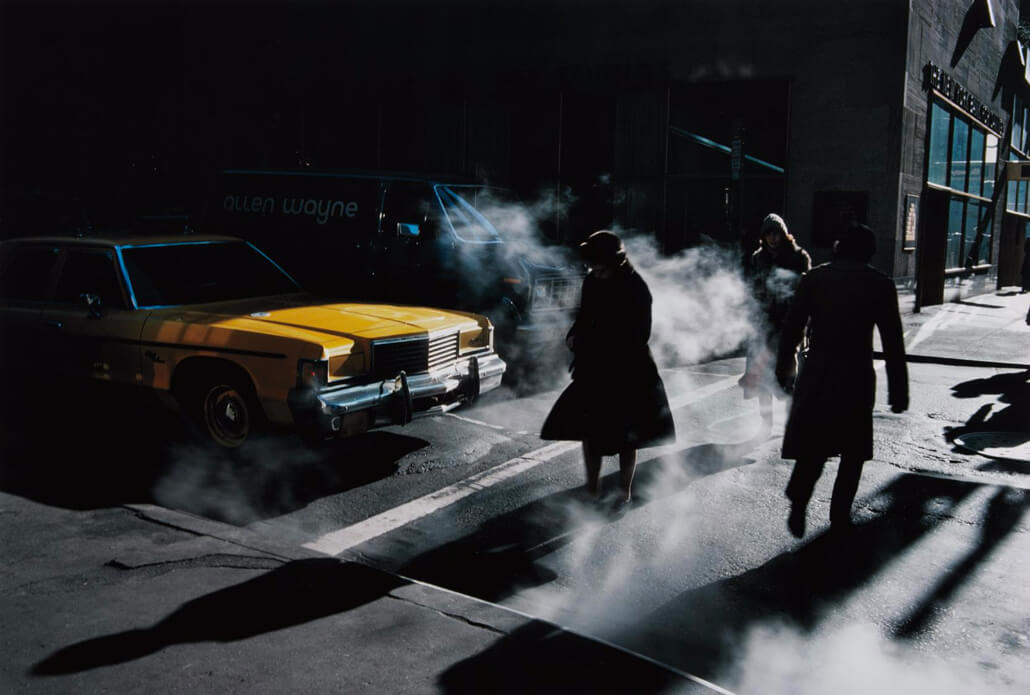 and Bill Garnett, an aerial photographer.
and Bill Garnett, an aerial photographer.
 Remember I was already “grown up” by the time I was starting photography.
Remember I was already “grown up” by the time I was starting photography.
Which image got you noticed?
There’s not one in particular.
I think it’s cumulative, but the one that’s really well known is Miles Davis – Kind of Blue jazz album and DVD.
I’m guessing you were you a big Jazzer? You certainly shot a lot of the big jazz artists of the day.
Yes. What a gas to be shooting and have all this wonderful sound around you.
Best day I ever had was shooting Ravi Shankar.
He asked what I wanted him to do. I said, “Play.” He played for two or three hours. I shot to my tapping feet’s delight.
JAZZ:







ALBUM COVERS.






 About twenty years ago a photographer friend of mine tried to get me to read Josef Albers book. I didn’t, it looked liked hard work.
About twenty years ago a photographer friend of mine tried to get me to read Josef Albers book. I didn’t, it looked liked hard work.
So my impression was that Albers was a humour-less, severe and type of guy, maybe it was his name combined with geometric art, it didn’t look like a Joy-fest.
Should I go and get a copy?
By all means, get a copy.
The man was a genius and an adventurer in color.
Careful which one you order. “The interaction of color” is the name of the book.
It is available in two editions.
One cost about $20 and the other cost $3500 in 1952.
Don’t order the cheap one.
Mmm…maybe I’ll start a crowdfunding site to raise the cash.
What’s the best thing he taught you about colour?
He taught you to look so that you might see what’s really there. The stuff you don’t see when you look superficially. He taught the subversive things that color can do. Its elusiveness, ability to completely confuse you and most of all how wonderful it is.
EDITORIAL.




 Whilst searching for your images Google kept throwing up nipples, I assumed was a mistake, but it turns out that you shot a lot of the early Sports Illustrated Swimwear covers and articles?
Whilst searching for your images Google kept throwing up nipples, I assumed was a mistake, but it turns out that you shot a lot of the early Sports Illustrated Swimwear covers and articles?
It was great shooting them.
The girls were all good to work with and the best of them like Cheryl Tiegs and Elle MacPherson were unbelievable.
Julie Campbell who started the whole thing was fun to work with.
The hours were hell – 4am to 10pm day after day, but who’s complaining?
SPORTS ILLUSTRATED SWIMWEAR.





 I have to go a bit morning tv here as I don’t speak to many people who’ve met Marilyn Monroe and Miles Davis; what were they like? (Who have I missed?)
I have to go a bit morning tv here as I don’t speak to many people who’ve met Marilyn Monroe and Miles Davis; what were they like? (Who have I missed?)
I photographed them.
I never got to know them.
You give me credit I don’t deserve, no matter if I had an interaction or not.
It was of the briefest kind. How did you find dealing with ad agencies?
How did you find dealing with ad agencies?
When I began, in 1954, they were a pain in the ass but I was young and thought they were wonderful.
By the time I quit doing commercial work in 1995 I no longer had any illusions; the whole thing had turned into crap.
The difference in reality was that the best agencies, from my point of view, gave you a pile of money, freedom to investigate visually, and would accept your input.
At the end they were nickel and diming you to death, telling you had to “bid” on jobs and telling you what to shoot and how to shoot it.
Also, they would give you a layout to follow and for God’s sake don’t improve it, just do it they way it was approved by all levels of management.
One of the reasons I refused to do this, aside from ego, was the following.
“I don’t know where you got the layout.
I don’t know where you stole it.
I don’t want to be copying someone else’s picture, and I’m protecting you at the same time.”
There were great guys in the early days.
Al Scully of McCann-Erickson and I went out for Coke and did six TV commercials using still pictures without a layout or a storyboard.
I told a young art director at McCann about this years later and he said they’d fire anyone today who did that, no questions asked.
One of the other truly great clients was Gordon Bowman of United Technologies. He, however, was not with an agency, he was the client and he was wonderful.
ADVERTISING.













 It’s hard to believe now, but when you started shooting colour it was very much the brash, trashy, poor relation to black & white, why and what changed?
It’s hard to believe now, but when you started shooting colour it was very much the brash, trashy, poor relation to black & white, why and what changed?
Things always change.
When I started showing in galleries they would only show black and white.
Pete Turner, Ernst Haas, and I opened a gallery in Carnegie Hall on 57th St. to show color.
After a while galleries started to show color.
When digital came along, they wouldn’t show digital, now they show digital. Life goes on.
I read that you don’t like the term ‘composition’ in photography?
I always felt that photographing still life or manipulating people in a picture could be called composition, but when I photograph anything for myself I usually have no control over it and so I resist the term composition.
One day I was arguing that position with Bill Allard, who said, “If you move 5” this way or 5” that way, you’re composing.”
Damn.
CORPORATE.





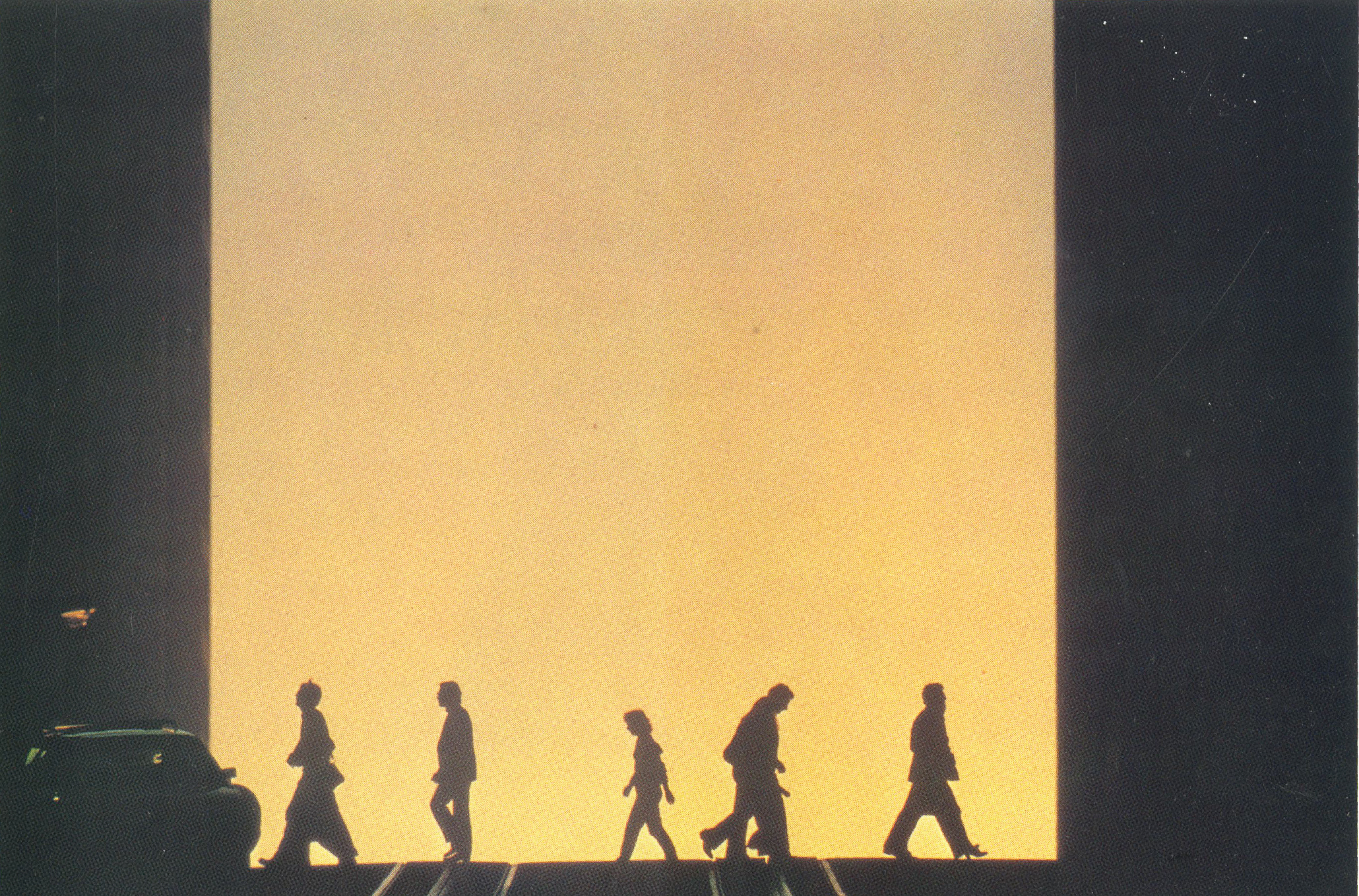 ‘Gesture trumps graphics’. What do you mean?
‘Gesture trumps graphics’. What do you mean?
As the years have gone on I’m less interested in the form of pictures than I am in the content of pictures.
I’m less in interested in visual patterns than I am in the behaviour going on in the picture.
However, I still think that you can ruin a picture by not being aware of what’s in it
In the seventies, you seemed to be bolder with the way that you cropped images, often leaving something something so simple most wouldn’t even consider an image?
Can you make that more of a question than a statement?
Err… don’t think I can, what about this one; most of my favourite photographers work from the sixties and seventies has a very period nostalgic feel to it.
Yours doesn’t seem as tied to a particular time, is that because you avoided people, words, fashions or other elements that date?
I have no idea.
Ok, do you remember your thoughts when you first encountered digital photography?
Yeah.
Good.
I remember Sam Garcia, of Nikon, forcing a D1 or D1X into my hands and saying, “I know you don’t like anything new or anything electronic, but try this. Believe me you’ll love it.”
He was right on both counts.
Do you ever miss grain?
No. And I loved it but I can get that quality in digital too, due to my lack of technical expertise.
NATURE.







 Having just gathered as many of your pictures as possible, I can’t help notice that they get looser and free-er as the years go by.
Having just gathered as many of your pictures as possible, I can’t help notice that they get looser and free-er as the years go by.
Is that like Picasso starting off doing those detailed, accurate oil paintings and ending up scribbling with brightly coloured crayons?
I have tried to be looser and more open.
I have taught workshops where I advocate and try to help people do that one of the reasons I teach is to clarify some of my thoughts on photography and when you do that you cannot help but change in your own work.
Has the switch from film to digital helped or devalued the photographic image?
For me, digital has been wonderful.
It has opened doors that I could no go through with film.
I can shoot in light that I couldn’t dream of shooting with film.
In relation to social media and business it seems that everybody wants to be published – they don’t even care if they get paid and that has to some extent changed the ball game for working photographers.
The whole world now shoots everyday street scenes, why are yours more magical than theirs?
I throw away the bad ones.
If your house was on fire and you had to grab one sheet of film, (or handful of pixels), what image would it be?
I have two fears: Flood and fire. I am sure I would panic and end up walking out with something with no use to anybody.
Why take pictures?
I used to teach a workshop at The Bank.
I had about 600 students over the year.
This is a question I used to ask all my students.
There about 400 different answers.
For me personally, there are a number of reasons.
The major one I always used to tell them was that I had no choice. I had to.
But if we delve deep into this we find many other valid reasons such as: I want to show the world as I see it, It makes me feel good, its fun, Matt says, “I like the hunt” which I think is a wonderful answer.
We could go on and on.
PEOPLE.


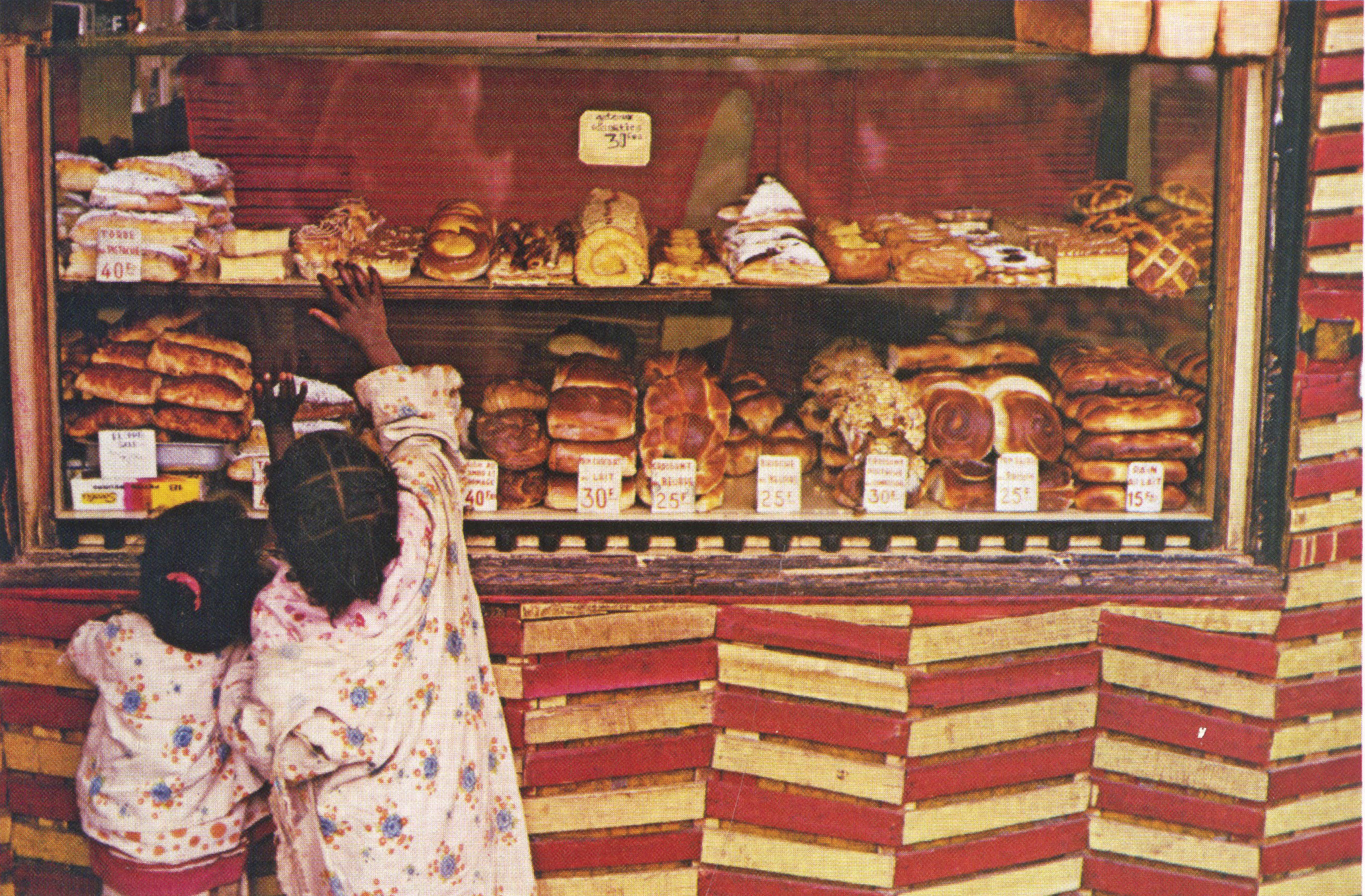
 Being English, I’m legally required to ask this; Which English photographers do you like?
Being English, I’m legally required to ask this; Which English photographers do you like?
Barry Lategan,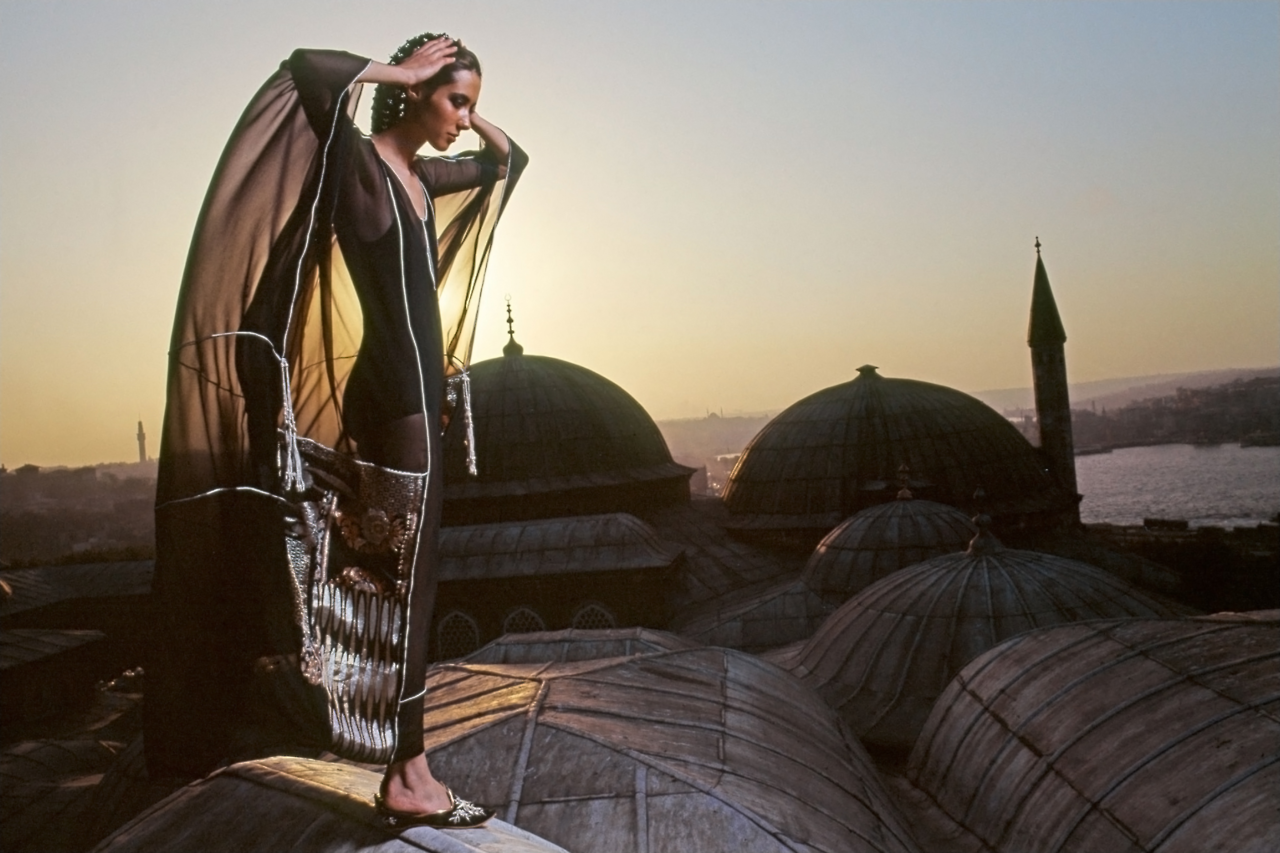 Brian Duffy,
Brian Duffy,

David Bailey,.jpg) and of course Bill Brandt,
and of course Bill Brandt,
 Martin Parr.
Martin Parr.
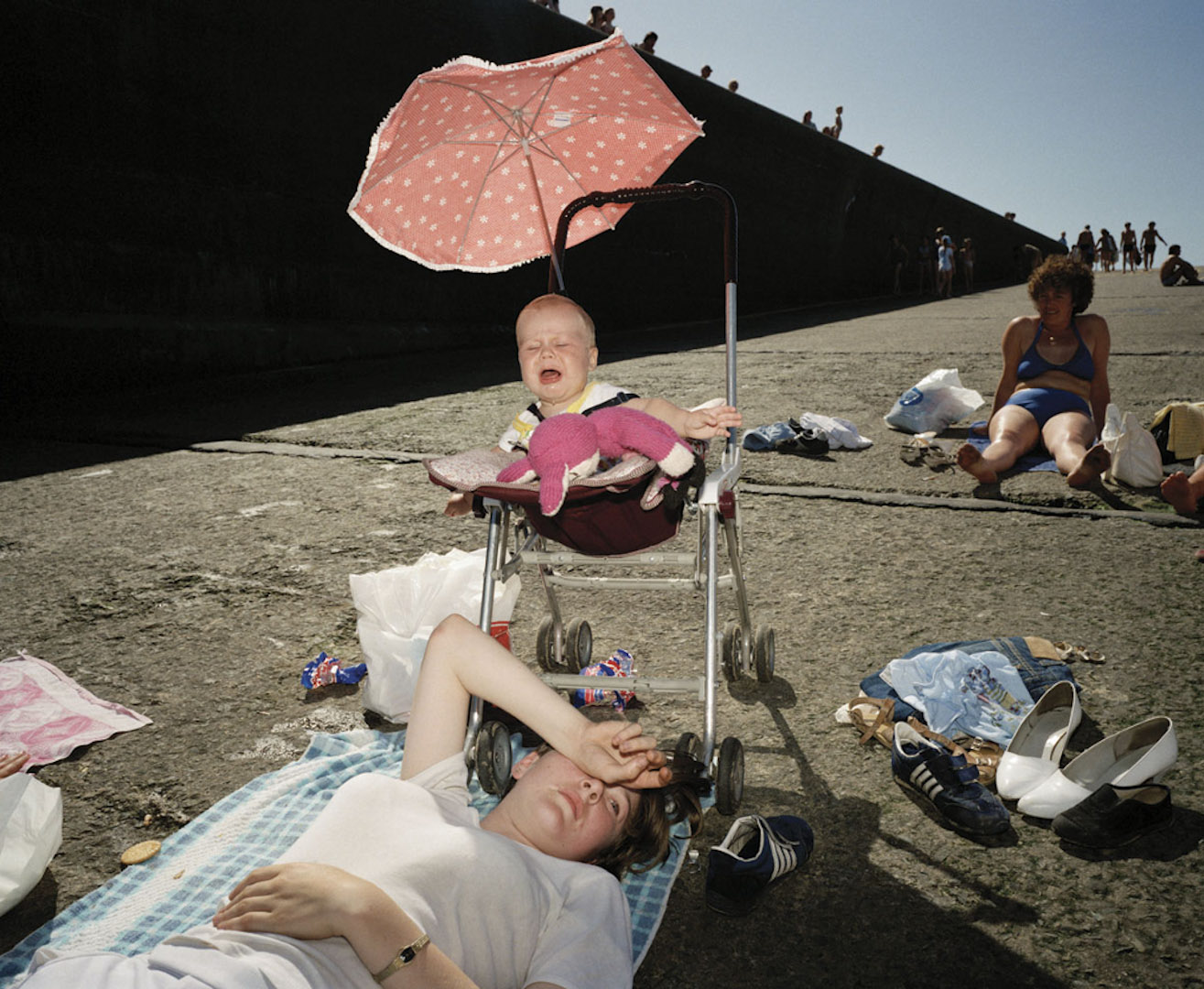 Why only six pictures on Instagram?
Why only six pictures on Instagram?
This is not our account. Someone else used my name and after complaining to Instagram, they still haven’t done anything about it.
Also, we really don’t want to put any pictures on Instagram.
You’ve shot New York for sixty-something years. Did you shoot on 9/11?
Oh God, yes. I could see it clearly from my window and I did an awful lot of shooting on it. I also did a book called, “A Tribute,” about the World Trade Center’s. I also did a piece called “Bearing Witness.”
Can you teach something to see?
Yes, I seem to be able to do it, but in all honesty I’m not really sure how I do it. The feedback I get indicates that I’ve done it. But I’m still not sure how I do it.
Obviously your eyes have been very useful throughout your career. What about your mouth?
I gave a lecture at a school which will remain unnamed and when asked about photographic schools in general, I kind of trashed them all. Later on someone said to me, “They should of known better than to ask you. Only God knows what’s going to come out of your mouth.”
Why drive to Mexico to destroy a million negatives?
This is absolute bizarre and bullshit. I have no idea how that got started. We have trashed over 2 million slides and we do them by giving them to Iron Mountain who shred them and charge us money for it.
Is being technical an advantage or disadvantage?
It depends.
When I started in the business, I believe I had an advantage over most guys who were good technicians, because my stuff looked more “real” because I was not capable of making it look technically good.
I think technical ability is vastly overrated.
It’s not brain surgery and you can always ask somebody much younger than you how it’s done.
The best description of your work is ‘I’m more interested in observation than creation. I’m looking to redefine objects and moments in everyday life’.
It was written by your daughter.
About her work.
My daughter was speaking at a period in her life when she was actually taking some photographs with artistic intent.
Since then she has indicated that she has moved on to better more important things.
(Of course, she was influenced by me. God knows it one of the few things in which I’ve been able influence her.)
NEW YORK.






















 What has ben the biggest change in photography you’ve observed over your 65 year career in photography?
What has ben the biggest change in photography you’ve observed over your 65 year career in photography?
Obviously the change from analog to digital,
the growing popularity of photography on a superficial level,
the minimization of the importance of really good photography,
the trivialization of photography because of the billions of photographs taken every day,
the technical advantages of being able to photograph in absolutely horrible low light,
the enormous technical advance in storage of imagery, and probably most of all
the emergence of photography of as a universal language without parallel.
Who’s shooting today who you admire?
Harry Gruyaert,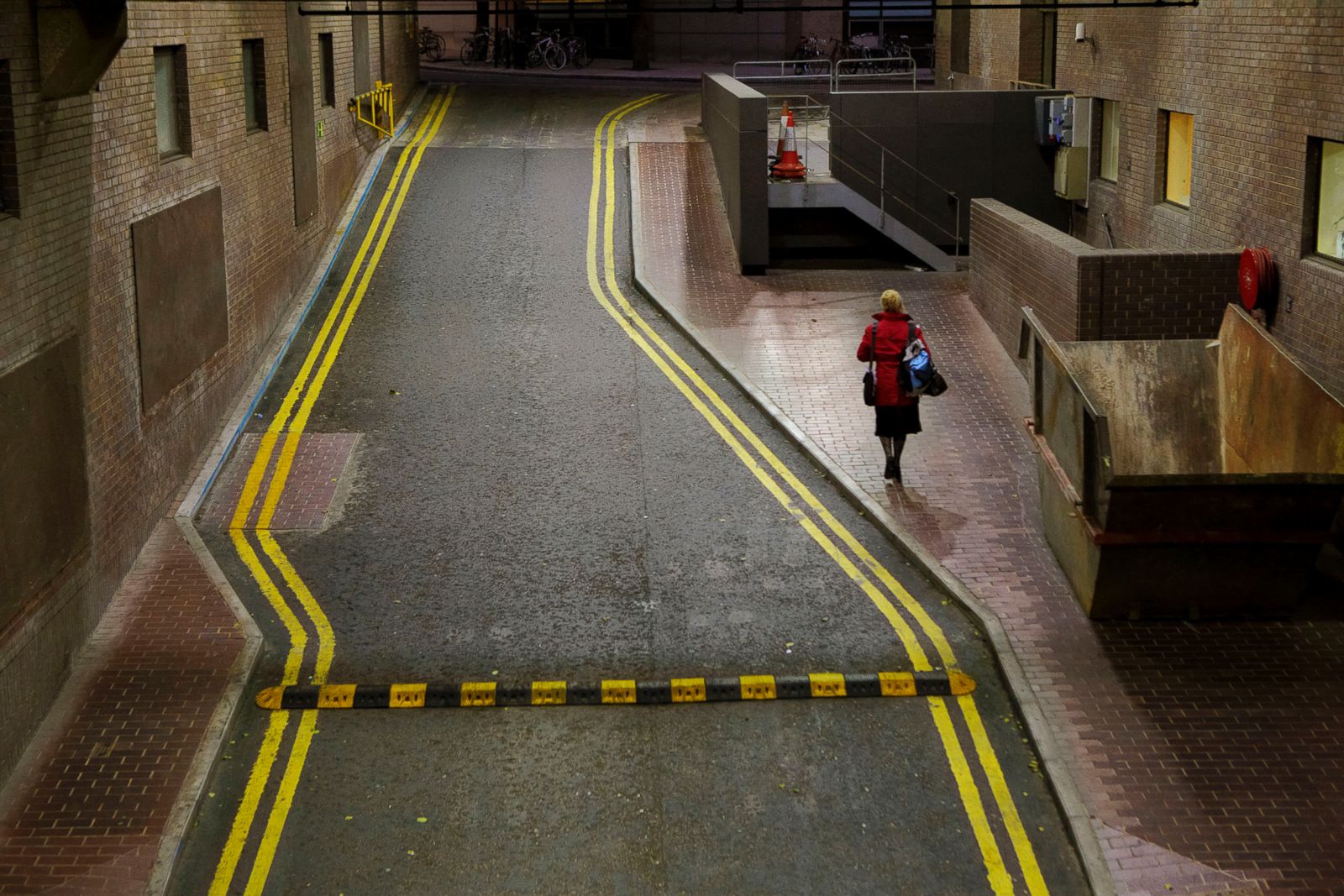 Bettina Rheims,
Bettina Rheims, Graciella Iturbied,
Graciella Iturbied, Chema Madoz,
Chema Madoz,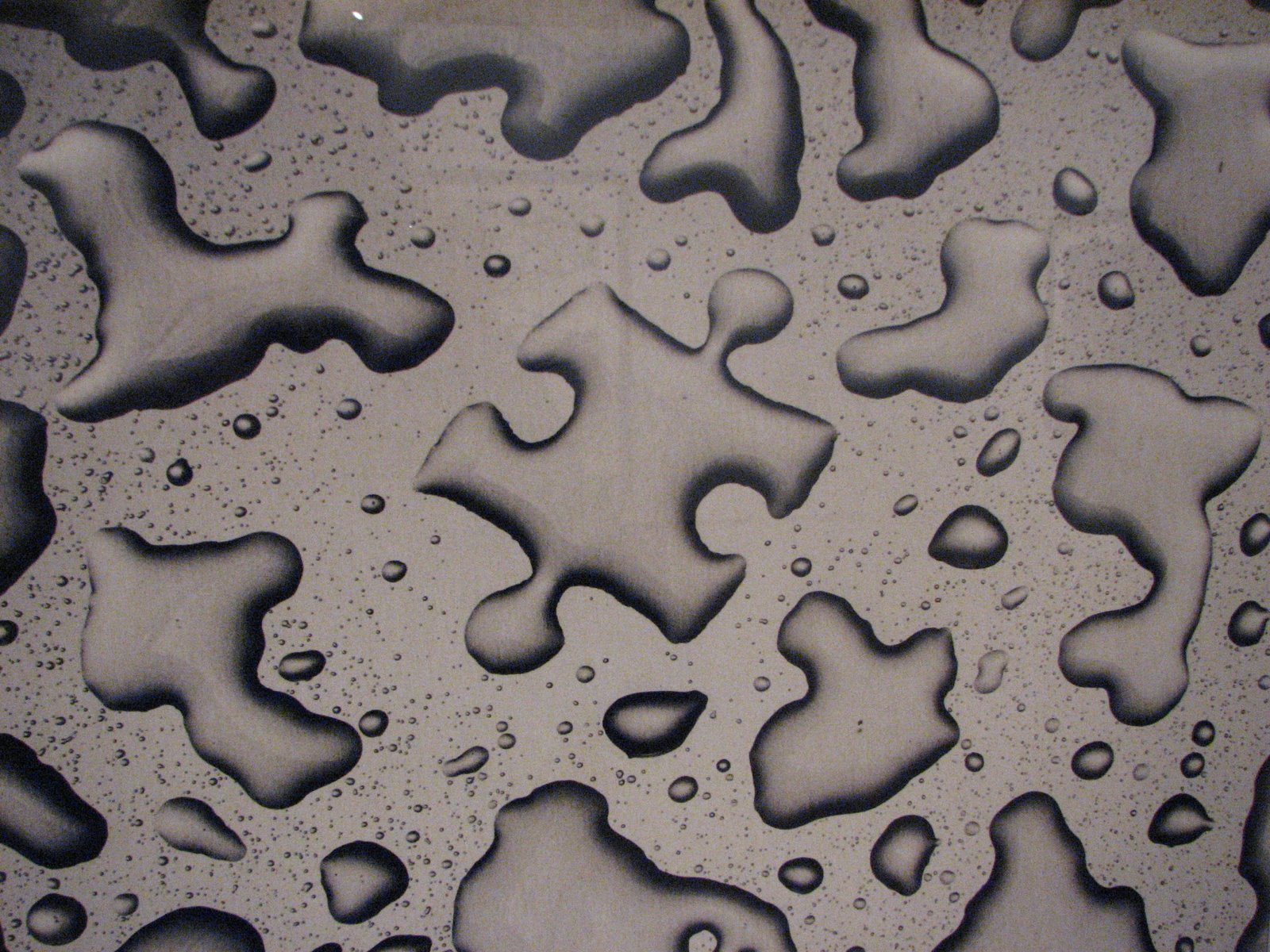 Alex Web…
Alex Web…
Among people I know and love as friends, which makes it’s biased recommendation, but I do think they’re great:
Greg Heisler,
 Stephen Wilkes,
Stephen Wilkes,
 Jeff Milstein,
Jeff Milstein, John Paul Caponigro,
John Paul Caponigro,
Sean Kernan,
Bill Allard,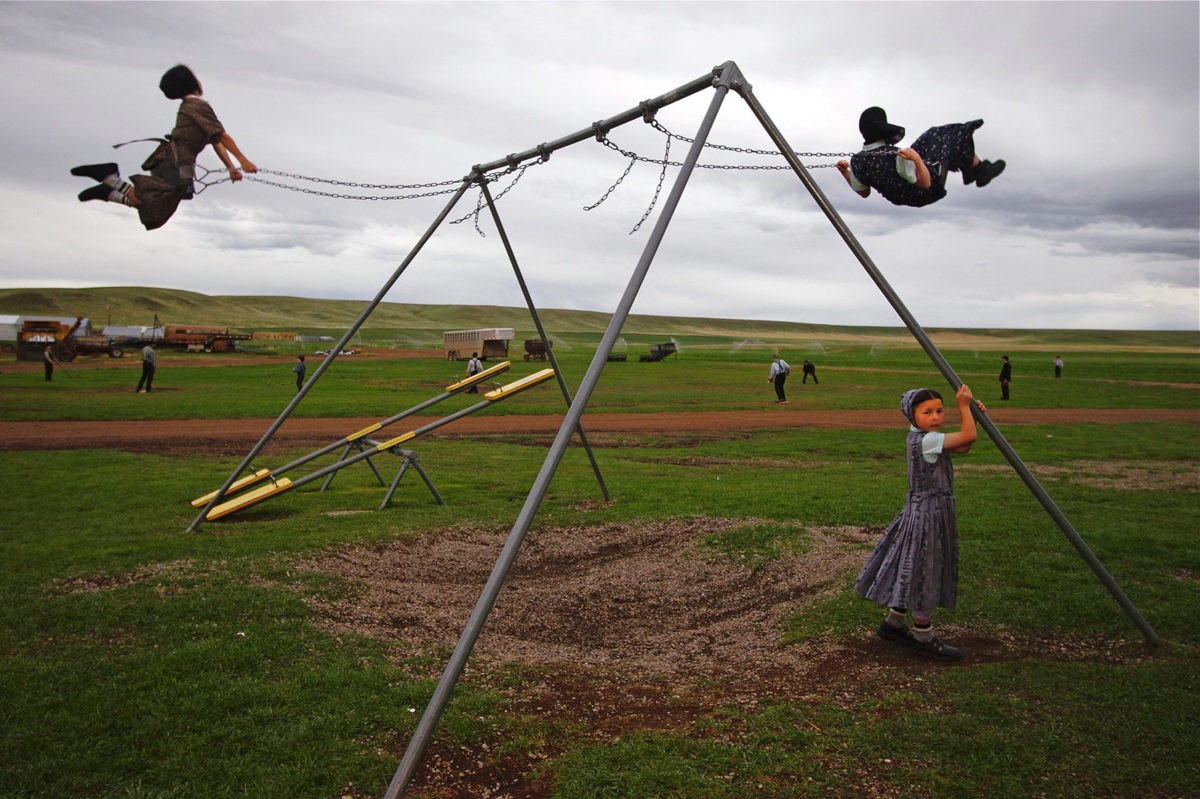 Duane Michals,
Duane Michals,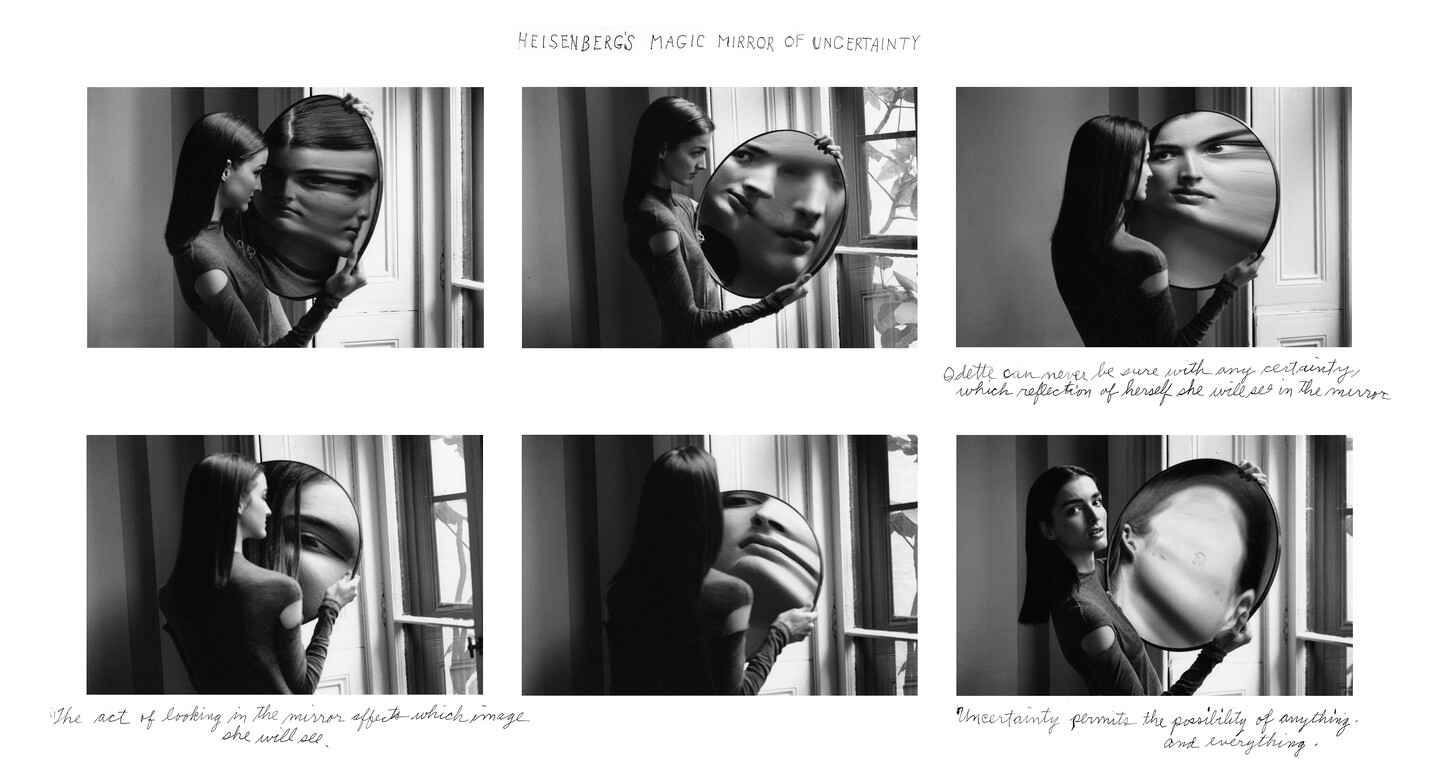 Arthur Meyerson,
Arthur Meyerson,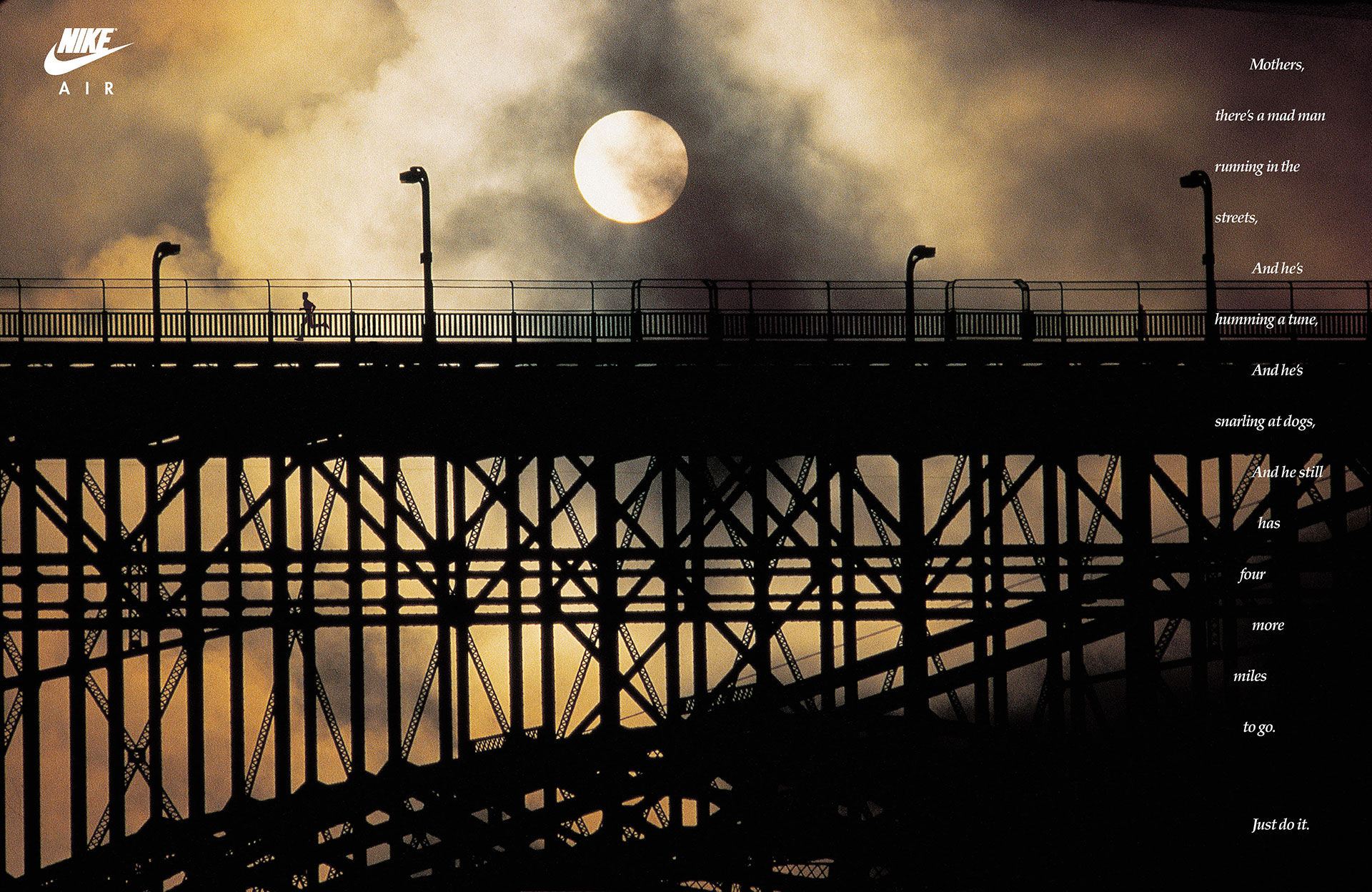 Albert Normandin…
Albert Normandin…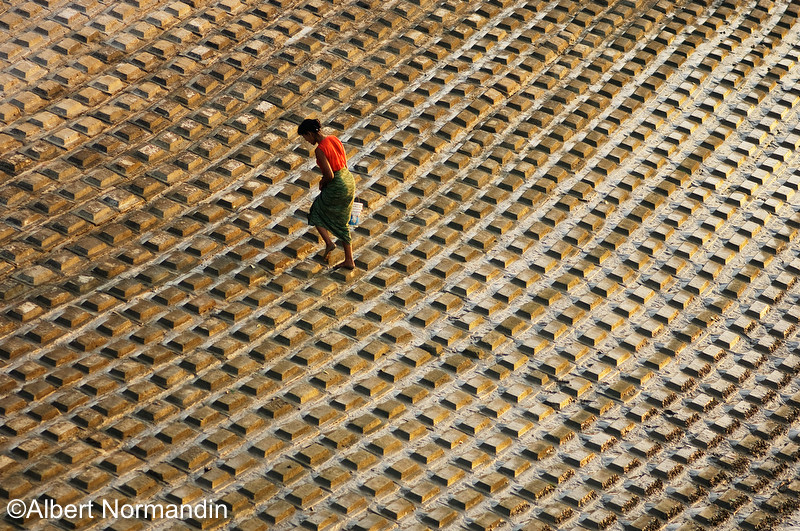 …….the trouble with doing this kind of list is that inevitably you forget people and it doesn’t matter if you don’t know them, but it does matter if they’re your friends…..or used to be…..
…….the trouble with doing this kind of list is that inevitably you forget people and it doesn’t matter if you don’t know them, but it does matter if they’re your friends…..or used to be…..
LATER, MORE GRAPHIC.









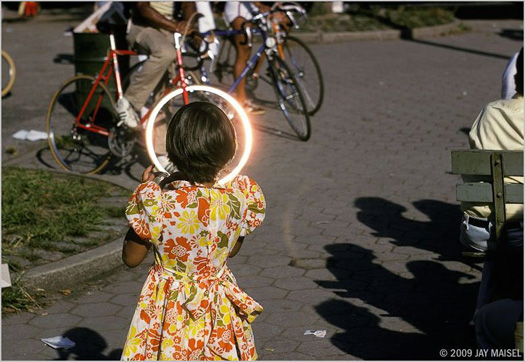












 I have to mention the Bank, your house.
I have to mention the Bank, your house.
I’ve never had such house envy, it’s massive, which is great, but the coolest thing was it was like the batcave, an innocent looking derelict old bank in the Bowery that was the coolest house/studio I’ve ever seen.
I don’t know what the question is, I just wanted to get that off my chest.
Glad to help. You feel better now?
Yep, I do, thanks, I feel great, and thanks for your time Jay.
190 THE BOWERY. (‘THE BANK’)








 SHOT FROM 190 THE BOWERY.
SHOT FROM 190 THE BOWERY.












A SHORT DOC ON JAY.












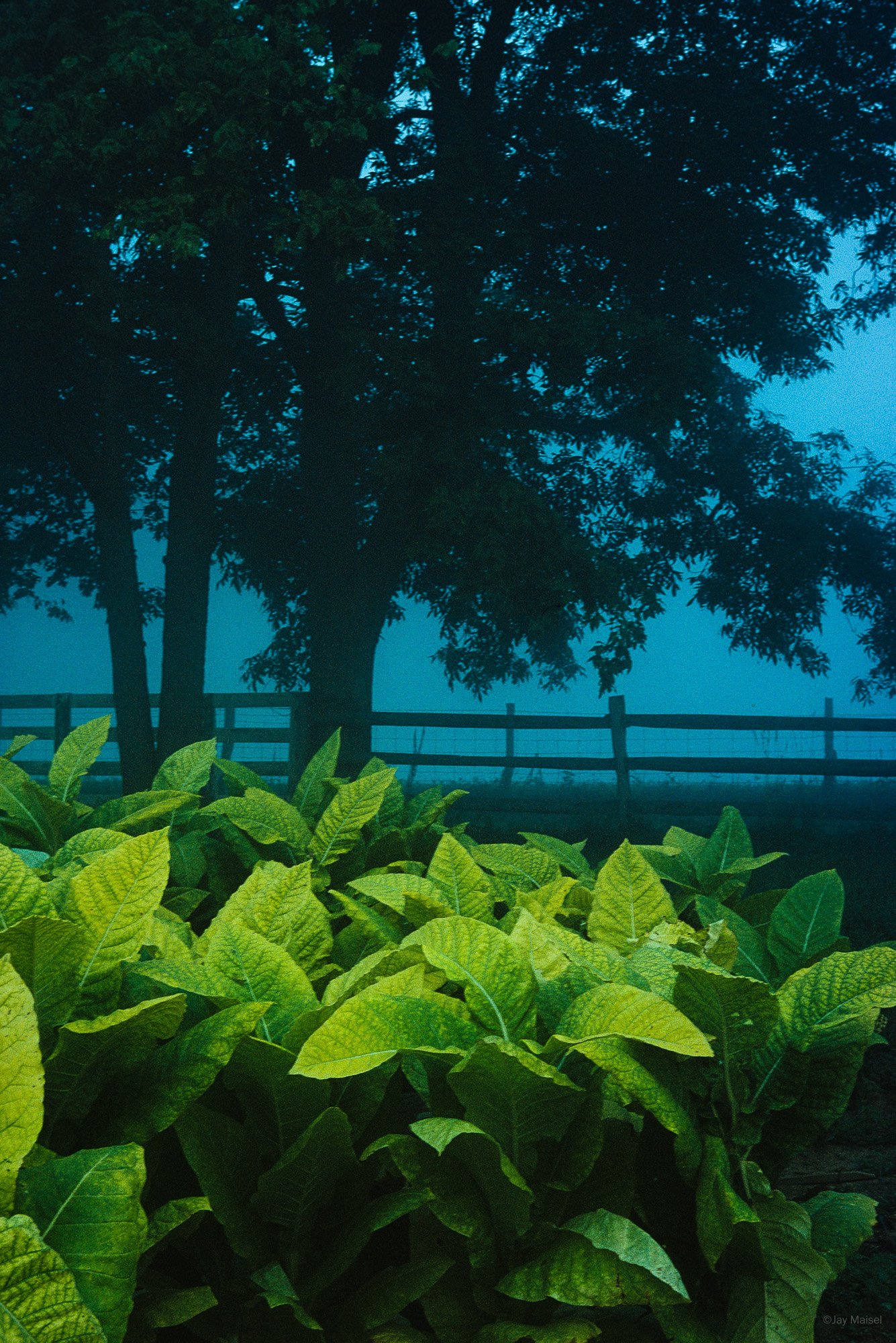












Thoroughly enjoyable and enlightening.
But ‘ang on. Apart from the D1 or D1x, no other camera mentioned.
So what did you buy?
Thanks.
A D3S.
Just need to figure out how to turn it on now.
Dx
Thanks, Dave.
Nice bit of gear.
Hi Dave,
just wanted to say what a tremendous joy your posts are to look at and read. The seemingly never ending stream of visual examples totally makes me feel giddy every time. Wow.
g
Hey George, good to hear, you’re very kind, (and have great taste). Dx
Great stuff and what a selection of pictures! I consider myself a massive fan of Jay, but there are pictures in this article that I’d never seen before.
And the D3S? Great choice, even now. Of course to really match Jay’s gear you probably need the 28-300 on it. That seemed to be his go-to lens.
Hey Mark, yep, I got a 28-300 too. Dx
Dave,
Terrific interview. Jay’s sharp personality really comes through. Was a joy to take a trip back retracing his career (with visual aids, of course). His work is sui generis, after all. Full disclosure: I interned at his studio while still in high school. He was, and remains, my formative artistic mentor – whether he knows it or not. Even made a short film on him a few years later. That biographical sketch was a small way of saying thanks. And now I find myself in the world of advertising, too.
Nevertheless, nicely done and thanks for sharing.
The very best,
Oliver
Dave,
Terrific read. Jay’s personality really comes through. It was a joy to retrace his career (with visual aids, of course). His work is sui generis, after all. Full disclosure: I interned at Jay’s studio while still in high school. He was, and remains, my formative artistic mentor – whether he knows it or not. Even made a short film about him a few years later. That biographical sketch was a small way of saying thanks.
Nevertheless, nicely done and thanks for sharing.
The very best,
Oliver
Thanks Oliver, (just off to find out what ‘sui generis’ means). Dx
Awesome interview of the best photographer Jay Maisel ♥
So, your older, 6mo, wiser, and the best. All my best to you,Jay, BobO’Shaughnessy. Boston.